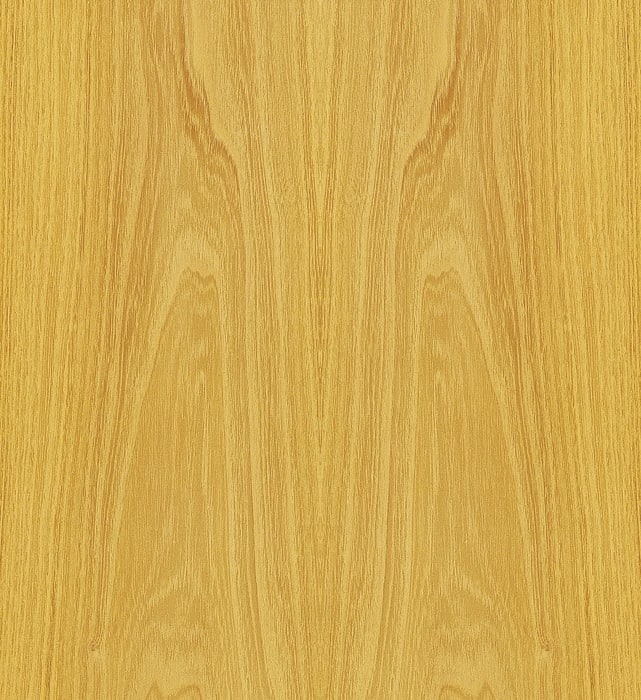Locust

Trade names: Locust, Black Locust, Robinia
Origin: South-eastern parts of the USA
Range: In the southern regions of the USA and cultivated in Europe since the 17th century. By now, this tree has spread quite well in Central Europe and especially in the south-east regions of Europe, where it even occurs as real forests.
Uses: Only few and especially good logs are manufactured to veneers. Since such logs are seldom to be found, a constant supply of veneers is not possible. If available, then used for interior design and for single objects. Besides for veneers, used many ways as a heavy-duty construction wood, e.g. for mining as well as in vehicle and ship building. Counts as one of the toughest wood species and is a favourite as turning-wood.
Character: Of greenish colour when freshly cut, later turning to a golden brown. Pronounced structure due to fine pores developing in early growing years, opposed to its coarse pores which result later on. The wood looks very decorative and noble after surface treatment. The tree can grow up to 25m with diameters as large as 80 cm.
Particularities: They were introduced to Europe by Jean Robin from Virginia to Paris in the early 17th century. Near the Notre-Dame are two specimens planted by Robin, which are regarded as the oldest trees in the city. The wood is very resistant without chemical preservation. This is why it is very popular in children’s playgrounds.
Natural product wood
Wood is a natural product, which can has colour differences and growth-related irregularities. Deviations in structure and colour are a quality feature for real wood. Growth, colour, structure and grain are unique in every tree and make every Gerber Humidor unique!
Digital illustrations of the wood samples are always only indicative picture and do not provide a guarantee.
Not all woods are available at all times and suitable for every Gerber Humidor. Please do not hesitate to contact us for further information.
